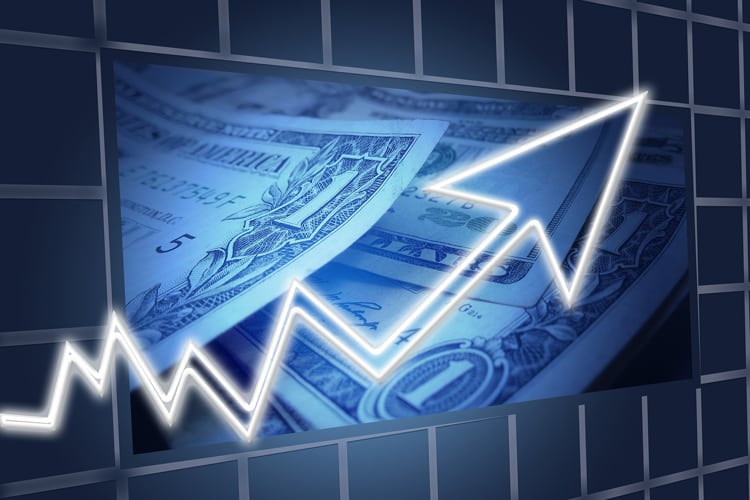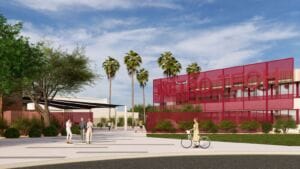Arizona’s gross domestic product grew by 2.5 percent in the first quarter of 2018, driven by increases in real estate and retail trade, according to a report from the Bureau of Economic Analysis.
The BEA report, released last month, said finance and insurance, health care, and durable goods manufacturing in Arizona all performed well in the quarter, while administrative and government services declined.
That growth rate was the 10th-fastest in the nation for the quarter and put Arizona ahead of the overall national growth rate of 2.2 percent in the GDP – the sum of all goods and services produced in a state or nation.
According to the BEA, real GDP – meaning that values are adjusted for inflation – increased across the board in 48 states and the District of Columbia in the first quarter, while it was unchanged in Arkansas and fell by 0.06 percent in North Dakota.
Alexia Shonteff, an economics professor at Arizona State University, said that it is important to look at these results in context and in the breakdown of the data.
“It is always better to have an increasing GDP if inflation is not a problem because it is generally met with population growth and job availability,” Shonteff said in an email. “But it is also important to pay attention to where the growth is happening.”
The first-quarter state results came out just days before the BEA released nationwide numbers that showed that GDP growth in the second quarter jumped to 4.1 percent, a fact trumpeted by President Donald Trump in a July 27 event on the South Lawn of the White House.
While the national numbers are important, a BEA spokesman said the state numbers are often more relevant to people.
“I think this (state GDP) has more impact than say the national numbers,” said Todd Siebeneck, the spokesman. “Realistically, people care about how they’re doing and how their local economies are doing.”
Mike Madowitz, an economist with the Center for American Progress, said that the GDP report can help people “get a much better sense of the texture of the U.S. economy.”
“It’s really important in terms of making sure we understand that it’s just not one number hitting the country,” Madowitz said. “This can serve as a warning system for what are major threats facing the country and then what are areas … that are in real need even if the sort of topline numbers look really good.”
The state report said real estate in Arizona posted the biggest gains from the fourth quarter of 2017 to the first quarter of 2018, at 0.48 percent. It was followed by retail trade at 0.43 percent, finance and insurance at 0.31 percent, health care at 0.29 percent and durable goods manufacturing at 0.26 percent.
The state’s 2.5 percent growth was the same as in the first quarter of 2017, a year in which GDP swung from 1.2 percent in the second quarter to 10.2 percent in the third quarter before settling back to 3.1 percent in the fourth quarter of last year.
The national GDP saw less-radical swings last year, going from 0.9 percent to 2.7 percent, climbing to 3.1 percent in the third quarter before dropping to 2.7 percent to end the year and 2.2 percent at the start of this year. Despite the fluctuations, Trump last month predicted that the 4.1 percent growth in the second quarter “isn’t a one-time shot.”
“I happen to think we’re going to do extraordinarily well in our next report, next quarter,” he said, according to a transcript of the White House event.
But Shonteff cautioned that predictions “are great, but they are just that.”
“If the Federal Reserve continues to increase interest rates and inflation rises and the ongoing trade wars continue,” she said in her email, “there is no certainty anything we predict will be correct.”
A more refined estimate for the national second-quarter GDP is scheduled to be released Aug. 29, while the next quarterly state-by-state estimates will be released Nov. 14.




